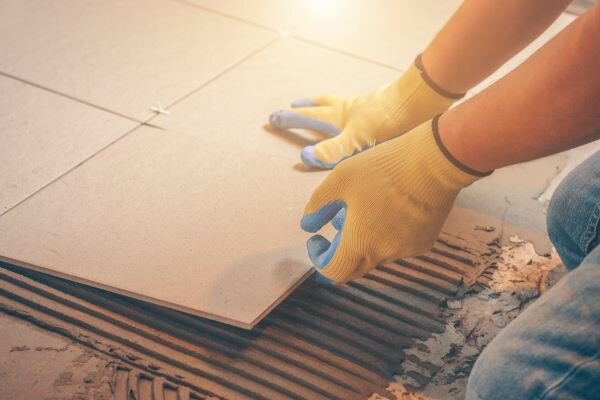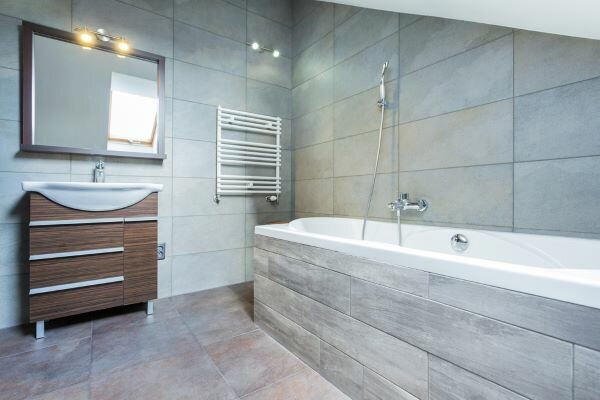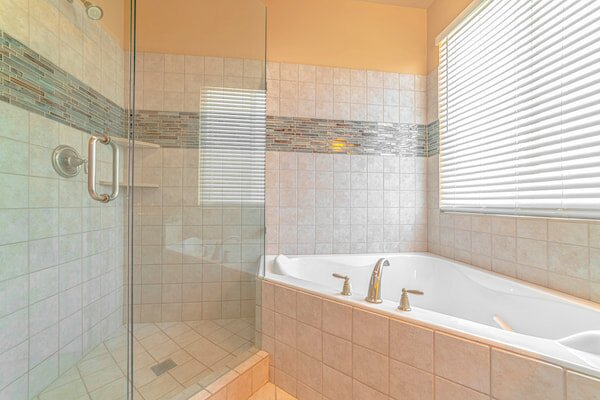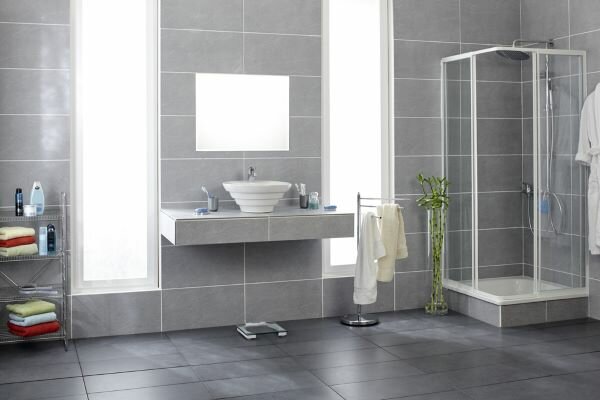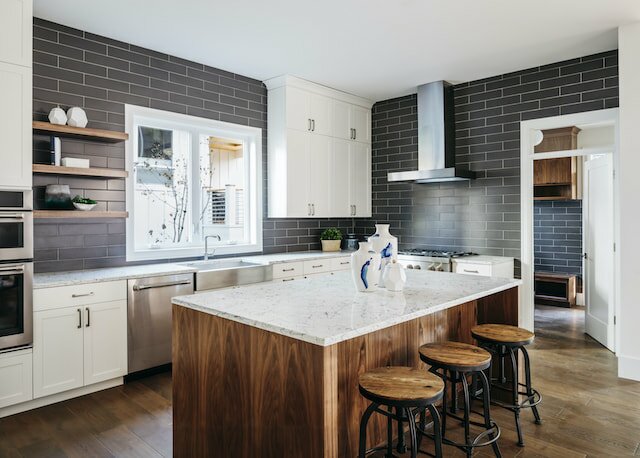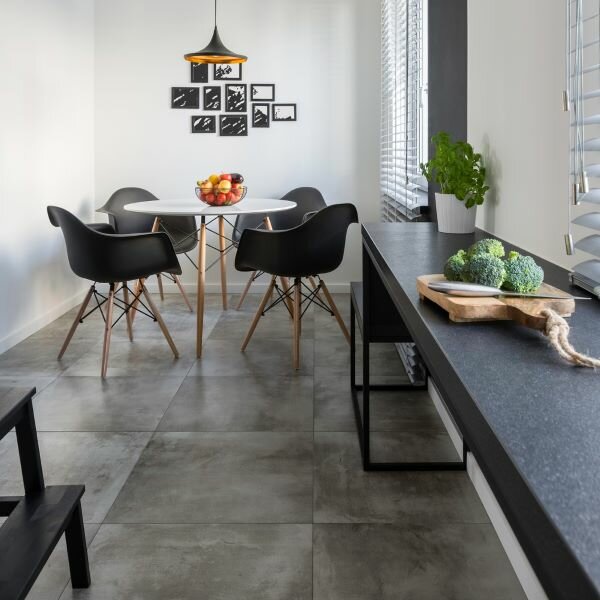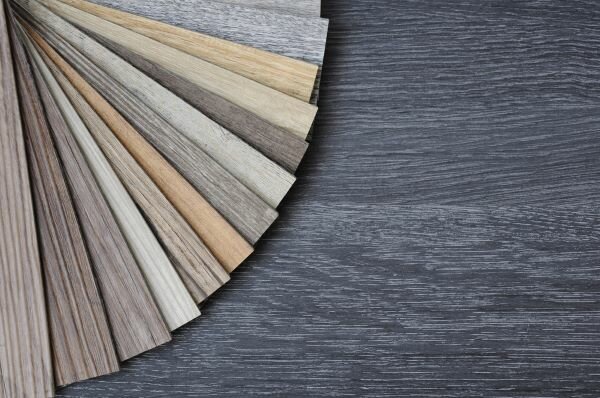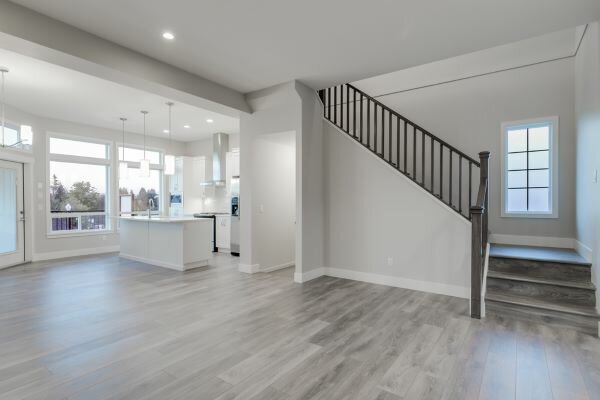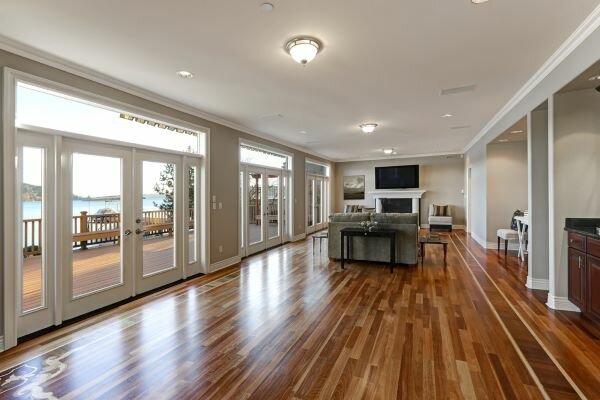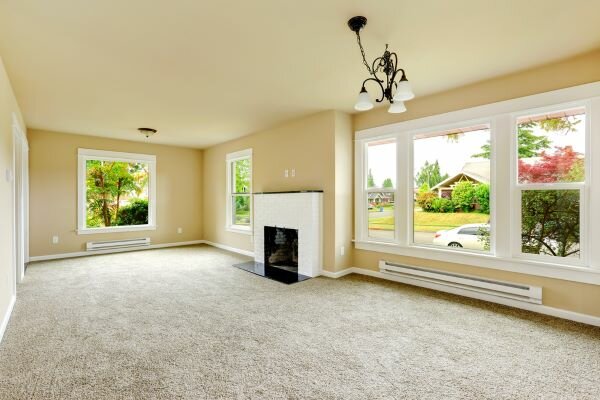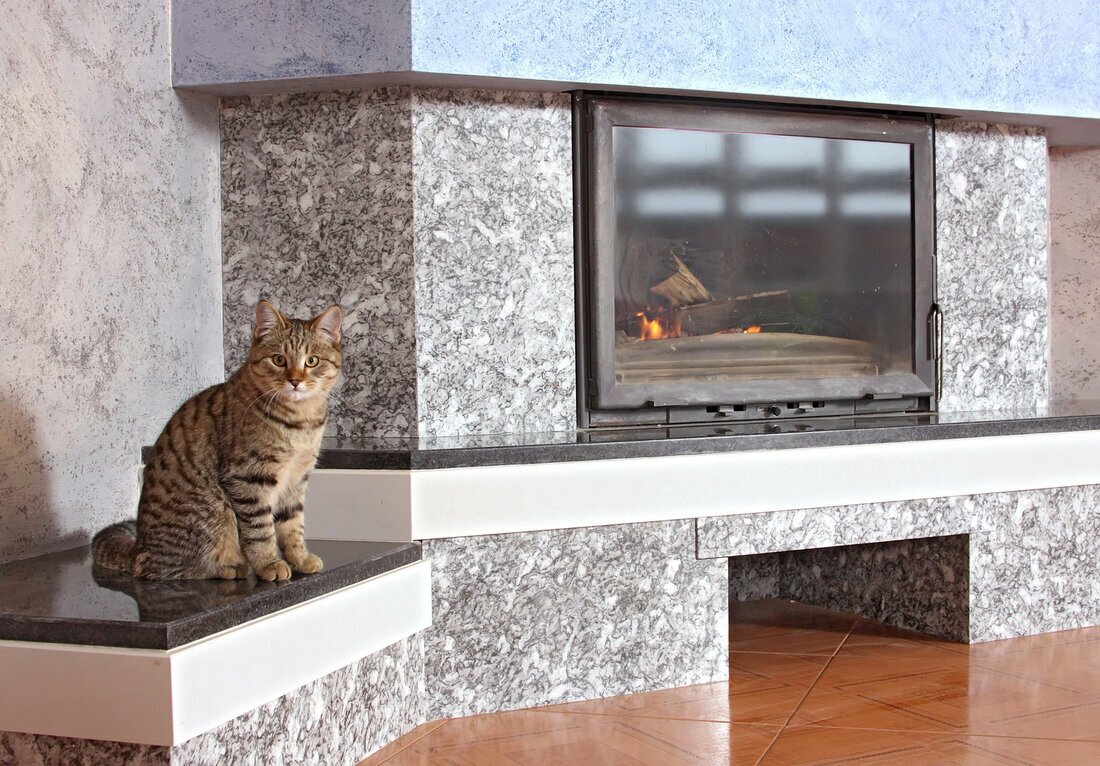Flooring Contractors Denver

Flooring Installation Denver
If you’re ready to upgrade the tiles in your home, or you need tile repairs in Denver, our experts are here with the services you need. At Flooring Contractors Denver we are an experienced team of experts that work on a wide range of projects, from bathrooms and kitchens to porcelain tile installation in Denver that help your property look its best. By choosing us, your work will be completed with fast and reliable service, delivering a finished product that is built to last. Not only will everything from fireplaces to granite installation in Denver have an improved appearance, but our quality installations will save you hundreds of dollars in unnecessary repairs.
When you’re looking for floor tile installers in Denver that you can trust for high quality work, Denver Tile Pros are here with the services that you need. Our tilers have years of experience working on projects throughout the area, from re-grout application to marble installation in Denver. No matter the size of the project, we have the knowledge and tools to complete the work, applying our extensive knowledge to deliver a superior finished product. By working with us, your installations will not only look great, but will have long lasting quality and durability. Including everything from kitchens to bathroom tile installation in Denver, our reliable team is here when you need us.
Welcome
Denver Tile Contractors is a full-service flooring, tile and remodeling company that specializes in providing highly professional ceramic tile installers in Denver, CO. Our expertise in the tile flooring field is second to none with many years of completing excellent quality remodeling jobs for satisfied customers in the Denver area. Our tile flooring and remodeling solutions are priced competitively and are guaranteed to raise the value of your home as well as give you that peace of mind and comfort of the timeless and elegant beauty of natural stone, ceramic and porcelain.
About Us
Denver Tile Contractors is a small local flooring and tile company in Denver, CO that strives to continuously provide high quality tile installation and flooring services to our valued clientele. We are ready with the knowhow and equipment to tackle any and every remodeling job available, producing marvelous natural stone and tile creations to accompany a full-spectrum remodeling of your bathroom or kitchen. If you are looking for a remarkable new floor or countertops of marble or other natural stone, rest assured that we are able to meet or exceed all of your expectations and create for you the renovation of your dreams.
When you’re looking for floor tile installers in Denver that you can trust for high quality work, Denver Tile Pros are here with the services that you need. Our tilers have years of experience working on projects throughout the area, from re-grout application to marble installation in Denver. No matter the size of the project, we have the knowledge and tools to complete the work, applying our extensive knowledge to deliver a superior finished product. By working with us, your installations will not only look great, but will have long lasting quality and durability. Including everything from kitchens to bathroom tile installation in Denver, our reliable team is here when you need us.
Welcome
Denver Tile Contractors is a full-service flooring, tile and remodeling company that specializes in providing highly professional ceramic tile installers in Denver, CO. Our expertise in the tile flooring field is second to none with many years of completing excellent quality remodeling jobs for satisfied customers in the Denver area. Our tile flooring and remodeling solutions are priced competitively and are guaranteed to raise the value of your home as well as give you that peace of mind and comfort of the timeless and elegant beauty of natural stone, ceramic and porcelain.
About Us
Denver Tile Contractors is a small local flooring and tile company in Denver, CO that strives to continuously provide high quality tile installation and flooring services to our valued clientele. We are ready with the knowhow and equipment to tackle any and every remodeling job available, producing marvelous natural stone and tile creations to accompany a full-spectrum remodeling of your bathroom or kitchen. If you are looking for a remarkable new floor or countertops of marble or other natural stone, rest assured that we are able to meet or exceed all of your expectations and create for you the renovation of your dreams.
Our Services
At Flooring Contractors Denver we are happy to provide our neighbors with the high quality tiling services that they need to improve the quality of their property. We work on a wide range of projects, including bathroom and kitchen remodeling, with our shower tile installers in Denver knowing how to expertly navigate even the most complicated projects. We also work on counter tops and backsplashes, including granite removal in Denver that prepares the area for your new installation. From floors to fireplaces, our tile installers in Denver will help you with your remodeling and repair work, using the high quality products and workmanship that we are known for. We are proud to provide a broad range of products and services related to flooring, varieties of tile and remodeling solutions based on natural stone accouterments that uplift and transform homes into magnificent works of art that bring homeowners not only functionality but beautification as well. We are adept at repairing or replacing a wide variety of floors using different flooring materials, helping you choose which materials you would like to use according to what that area is used for; different materials have different properties, giving your home a truly unique feel. Stick with Denver Tile Contractors for the best ceramic tile installers in Denver.
Full-Service Tile & Stone Installation Denver, Co
Homeowners in Denver love the look and durability of tile. With our snowy winters, tile is a much more forgiving material than wood or carpet. Our tile installers Denver are dedicated to the highest level of customer service. Tile is all we do, and we do it well. Do not hesitate to contact us for all your tile installation needs. With our full services, we can take care of any tile project, in any room of your home.
At Denver Tile Pros we are happy to provide our neighbors with the high quality tiling services that they need to improve the quality of their property. We work on a wide range of projects, including bathroom and kitchen remodeling, with our shower tile installers in Denver knowing how to expertly navigate even the most complicated projects. We also work on counter tops and backsplashes, including granite removal in Denver that prepares the area for your new installation. From floors to fireplaces, our tile installers in Denver will help you with your remodeling and repair work, using the high quality products and workmanship that we are known for. |
Bathroom Remodel Denver | Tile Bathroom Denver, Co
The bathroom is one room in a home that takes on a lot of abuse. Avoiding any problems such as water damage from old sealant. Luckily we are expert shower tile contractors as well as shower tile repair contractors. Bathroom tiles need to be tough and also offer a beautiful design. If you are searching for bathroom tile contractors near me, you have come to the right place.
We help homeowners from start to finish, from choosing the perfect tile to designing the layout, and installing and finishing the project. We offer tile services for every area of your bathroom, including the following.
Whether you are installing a new bathroom or remodeling an old eyesore, we are the professionals you can rely on to meet your needs. No job is too big or too small for our tile experts to handle. If you’re looking to upgrade your bathroom, our team is here to help you with the tiling that the room needs to look great and stand up to the effects of daily use. We work on projects of all types from shower tile installation, to tiling the floors and the walls of the room. Including grout application in Denver, whether you’re working on a new bathroom or upgrading your old one, we have the services you need to enhance the appearance of the room. The bathroom, or “water closet” as they refer to it in Europe, is ideally a place where you can feel as if you are in a bath-house or surrounded by stone and natural accents that calm and rejuvenate the mind. Our spectacular bathroom remodeling service can create a space that you would be absolutely tickled to spend hours in, complete with clever design implementations and upgraded fixtures to deliver to you serenity as well as functionality. This is one of our most common jobs we do. Whether you are just needing a bathroom floor installer or a complete bathroom remodel, we have got you covered! |
Kitchen Remodel Denver | Tile Kitchen Denver, Co
Does your kitchen look outdated? Are you embarrassed for anyone to see your old linoleum floors? We can help transform your space with beautiful kitchen ceramic tile Denver. From ceramic to natural stone, you have plenty of material choices.
The kitchen area is where many homeowners spend much of their time. From floors to kitchen countertops Denver, we have you covered. Imagine the beauty of your new kitchen with kitchen wall tiles Denver. We will transform your kitchen and make it inviting again. We handle all types of tile installation, including the following.
Selecting tiling installations for your kitchen not only looks great, but has a number of benefits because of the quality of the materials that we use. We are here to help with all of your kitchen remodeling needs, from marble removal in Denver that gets rid of unwanted items, to replacing floors and backsplashes. Including granite repairs in Denver that help you rejuvenate countertops and other areas, we are here to provide the assistance you need for your home projects. The kitchen is undeniably one of the centers of gravity of any home. For an area that sees so much of your time, the kitchen has the potential to be transformed into an elegant and highly efficient space that could easily take over your home’s position as living room. Granite, quartz or marble countertops, travertine floors, tiled vent hoods, copper accents, bars and islands can turn a kitchen into a space capable of so much more than you ever thought possible. We highly recommend going with a quality kitchen tile installation as these are huge investments that will literally bring value to your property if done correctly! |
Such an amazing time-lapse video brought to you by one of our sponsor's!
Flooring Installation Denver, Co
Upgrading or installing tile and stone floors in your home is a smart choice when it comes to selecting a material that is known for its low maintenance and durable qualities. Including floor leveling Denver and installing tiles with the precision that we are known for, we get the job done right from start to finish. With our leveling pros your floor will not only look great, but you’ll have impeccable work that is resistant to cracking, lifting and other potential damages.
There are limitless options for designs for tile Denver. We will help you choose the perfect tiles to match your home’s design scheme. With our tile flooring installation Denver, your floors will look beautiful again and will be easy to maintain. Contact us now about our services for tile floor installation Denver. We can tile every floor in your home, including:
Cracks are a common sign and they happen due to excessive pressure or weight. Cracked tiles can be repaired or replaced, depending on the degree of damage. Missing grout can happen over time or if tiles were not installed properly. If grout is missing in your bathroom tile Denver, call us right away for repairs. Glazed tile can lose its shine and become damaged over the years. If this sounds like your shower tile, call us for shower tile installation Denver. Missing tiles can often be replaced, depending on the tile material. Do not look further for your bathroom tile installation near me. For homeowners who have aged and outdated flooring in their homes, a complete house flooring remodel is probably the best course of action. Our flooring experts will remove all the degraded flooring and begin installing an array of different flooring solutions for you, transforming rooms, hallways and much more. You will see your home in an entirely different light, changing before your eyes into a beautiful creation that not only raises the value of your home but lifts your quality of life as well. This is our second most asked job to do. From basements to attics to guest homes, Lakewood flooring has been specializing in this industry and only hires the best and most experienced contractors to do the work! We are specialists when it comes to efficient tile and flooring removal. Our tile removal experts can break up and dispose of any type of natural stone or tile, along with any flooring material that you want to have removed so that you can begin your own DIY project. Do yourself a favor and hire out the demolition and removal process because it is easily the most labor intensive part of any renovation. We have all state of the art tools to do this in the most efficient way possible when it comes to noise and time! We are more than able to repair most types of natural stone and tile flooring as well as remove these materials in a quick and efficient way. Flooring removal involving tiles and stone can be an extremely dusty and dirty affair, requiring huge investments in labor and money if you have to rent a trailer to haul away the debris. Stick with professionals to get this difficult job done for you in no time flat. |
Vinyl Flooring Installation Denver, Co
If you’re looking for new flooring, vinyl is an excellent option to consider. Vinyl flooring Denver comes in a wide variety of sizes, colors, and patterns, so there’s something that will be perfect for your home, no matter what you might prefer. Vinyl is durable, and there are options that are water-resistant, so you don’t have to worry about spills or splashes.
Vinyl flooring is made of various materials layered together with a protective layer on top, so the flooring is resistant to wear. Installation is generally quick, as the vinyl planks are easy for professionals to install, even if a lot of cuts are needed to fit around the walls. With so many options available and in stock, you can have the flooring you like installed quickly, so you can start enjoying the new look in your home. If you aren’t sure what will look best in your home, we can provide help in this area. With years of experience, we can help narrow down your choices to just a few options that will look stunning in your home, so you can pick the one that best fits what you’re looking for. New flooring should look great and last years, and that’s what you’ll get with vinyl flooring installed by flooring professionals near me. If you’d like to look into the options available or you have something in mind already, we can handle the installation for you. Contact us today to discuss your options or to schedule a time to have the new flooring installed. Are you interested in vinyl flooring Denver? If so, you will be happy to learn our team can handle any type of vinyl flooring installation you require. When you contact us for installation services, one of the first things you will learn is that our team wants to ensure you are fully satisfied with the results achieved. We can help you with each step of the process, from choosing the right pattern or color, prepping the surface, installing the product, and cleaning up when our professionals are done. With vinyl flooring Denver services from our team, you can feel confident you will get the superior solutions you want and need, for a price you can afford. There are more than a few good reasons to choose vinyl flooring. For example, it is a budget friendly option – in fact, it is one of the cheapest options available for modern flooring today. This is mainly because of how inexpensive it is to manufacture it. You can also choose from a huge selection of textures, styles, and colors, which means you can create the look you want and ensure the flooring will work with the existing décor you have in place. If you are interested in using vinyl flooring or have questions about the services we offer, contact us today. Our team is here to provide you with the vinyl flooring Denver solutions you are looking for, at a price you can afford. Contact us to learn more about the solutions we offer. |
Laminate Flooring Installation Denver, Co
A durable option for flooring, Laminate flooring Denver is continuing to be a popular choice for today’s homeowners. This type of flooring comes in a huge variety of colors and patterns, so there’s something that will look perfect in your home. Though laminate flooring is not generally water-resistant, it is perfect for most of the rooms and will look great with the other flooring throughout your home.
Laminate flooring is constructed with wood products and resin, creating a durable surface. The top of the flooring is printed, then a protective coating is added on. This makes it incredibly durable and able to hold up to everyday use. Due to the construction, however, it is not generally created to be water-resistant. Because of this, it’s not the best option for kitchens or bathrooms. However, if you’re looking for stylish flooring Denver for the family room, entryway, dining room, or the bedrooms, laminate will give you the stunning look you’re after without the high price. Today, laminate wood flooring is a popular choice for homeowners, and for a good reason. If you’re looking for something specific, it’s likely available as laminate flooring without the high expense associated with other materials. We can even help you narrow down the options if you aren’t sure what you want or you’re just starting to look into this type of flooring for your home. Contact us now to learn more about laminate flooring or to schedule a time to speak with a professional about the best options for your home. When you contact us for laminate flooring Denver installation, you will quickly discover we offer the tools, equipment, and professionals to handle the job, regardless of how big or small it is. Laminate flooring and laminate wood flooring is a product that is created by layering a thicker sheet of decorative material over a synthetic base, such as particleboard. The decorative layer comes in several design options, and it can mimic flooring favorites, including stone, marble, and wood flooring. This is what makes it the ideal option for both home and business owners – you can have the look and the feel of a more expensive material, but at a more manageable cost. When it is time to select new flooring for your home or your business, your budget is often just as important as the style. Our team will work with you to find flooring options that are within your budget and that fit the style you want for your space. Laminate flooring is a perfect alternative to more traditional flooring options, such as wood floors or engineered flooring, because of the lower cost and the increased durability. Laminate is also a great option for commercial applications because it will be able to stand up to more abuse than other, natural types of flooring materials. Are you interested in learning more about laminate flooring and what it offers, contact our team of professionals? We will provide you with the laminate flooring services you want and need for a price you can afford. You can rely on us to provide services that exceed your expectations. |
Hardwood Flooring Installation Denver, Co
Are you ready to replace your flooring? Perhaps you already have wood flooring, but you’re worried that floor refinishing isn’t going to be enough. Or, you may have tile, carpet, or another type of flooring, and you’d prefer to have hardwood flooring Denver in your home. No matter the reason, if you’re looking into wood floors for your home, we can help.
There are tons of options available for hardwood floors Denver today. If you’re looking for something a little more exotic, check out the different types of woods available for hardwood floor Denver. Depending on your preferences, you can choose from light or dark hardwood floors. If you’re interested in hardwood floors but you’d like to save money, you may want to look into engineered hardwood flooring. Our experts can handle the hardwood floor installation Denver for you or tackle the installation of engineered hardwood floors, depending on what you’re looking for. If you’re not sure if hard wood flooring or engineered flooring is the right option, you can talk to one of our professionals about wooden floors and all of the options available. If you’re wanting to look into cheap hardwood flooring Denver instead of hardwood floor refinishing, or you’d like to think about wood floor refinishing for some of the rooms in your home and replacing some of the floors with engineered floors, we can help. We offer a variety of cheap wood flooring options and can handle the installation for you. Contact us now to learn more. We offer hardwood flooring Denver installation services for both residential and commercial locations. It doesn’t matter if you have an existing site or a new construction project, our team can provide professional hardwood floors in Denver for your space. With our help you can feel confident you will get the hardwood floors you have always wanted. We even offer cheap hardwood flooring Lakewood options and will ensure that they look like the most expensive options available on the market. To get started with our engineered hardwood flooring services, contact our team. We can evaluate and measure your space, discuss the options you have, provide you with an estimate for service, and then schedule your hardwood floor installation Denver. We also offer wood floor refinishing, if you need it. Cheap wood flooring or more expensive hardwood flooring, engineered floors, and floor refinishing are all included with the services we offer. What is your preference when it comes to wood flooring? For example, do you prefer light or dark hardwood floors? Take some time to consider what will work best with your space to ensure the desired results are achieved. Our team is here to help, no matter what you need or how big the project may be. With our help, you can feel confident you will get the quality services you need. |
Carpet Flooring Installation Denver, Co
If your carpets are starting to look aged and worn, it’s time to update them. First, you’ll want to pick out the option you want. Then, you can have us handle the carpet installation Denver, so you know it’s done right, and you’re going to love how the new carpets look. If you aren’t sure what carpeting to choose, our carpet installers Denver can help.
Today, there are plenty of options for carpeting, from thick shag carpets to thinner carpet designed for high-traffic areas. Like other Denver Carpet Companies, we carry a wide variety of colors, styles, and more, so you can get the exact carpet you’re looking for. We can also handle the installation quickly, so you don’t have to wait long before the new carpets are installed. If you aren’t sure what would work best for your home or you’re looking for Carpet Denver with added qualities like stain-resistance, let us help you find the perfect carpet for any room in your home. Carpeting is a great flooring option for homes, but it does wear out faster than other types of flooring. If you’d like to replace the carpeting in your home, let our Denver Carpet Company help. We offer tons of carpet options and can get the installation done fast, so you can get rid of the old, worn carpet and start enjoying the new look for your home. Contact us now to discuss the options that are available or to schedule a time to talk more in-depth with one of our professionals. Are you ready to add warmth and a sense of coziness to your home or business? If so, our team offers professional carpet installation Denver to ensure your needs are met. We provide help for the entire process, from selecting the right style, type, and color of carpet, to handling the entire installation and cleanup process. If you are searching for quality Denver Carpet Companies, you can count on us to deliver what you are looking for. With our professional team of carpet installers Denver, you can feel confident that you will get the cozy, beautiful carpeting you want and need. When it comes to carpet Denver, you will find there are so many options to choose from. We are here to help you with everything that you want. To get started, you can contact our professional Denver Carpet Company. During this call, we will discuss what you want, help you choose the perfect option, and provide an estimate for service. With our help, you can feel confident that all the details of the carpet installation will be handled, regardless of what you need. To get started with the installation process, give us a call. We can answer any questions that you have and help you make a decision about what you need and provide information about the installation process. We are considered a top carpet installation service in the area and will minimize the issues that may arise if the wrong steps are used. Being informed and calling us are the best moves you can make. |
Tile Countertop Installation & Backsplashes Installation Denver, Co
Countertops and backsplashes in your kitchen are an important part of your construction, and are the perfect place to add a personal sense of style to the room. We provide a range of installations and marble repairs in Denver that enhance the overall appearance of your kitchen as a whole. Including countertop upgrades and custom backsplashes with unique, custom designs, our team is here to help your home look its best with our professional workmanship. Countertops and backsplashes provide functionality and beauty to any bathroom or kitchen. Areas, where water is used, require tough tiles to keep damage at bay. We offer expert design, installation, and repair services for countertop and backsplash tile.
|
Fireplace Installation Denver, Co
If you’re ready to upgrade your fireplace surrounds, our professional tilers are here with the services that you need. Working with materials that are designed to stand up to the heat and wear and tear of a fireplace, our work will not only be built to last, but will look great for decades to come. Creating custom designs that represent your sense of style, our installations will enhance the appearance of any room while keeping your fireplace safe and contained with our quality work. Does your home have a fireplace? Is the surround outdated and even ugly? With wall tile installation Denver, we will make your fireplace beautiful again.
We will help you choose the perfect tile and design to add warmth and beauty to your fireplace. Imagine being able to cuddle next to a roaring fire while admiring your gorgeous new tile. With a huge variety of different materials to choose from, today’s fireplace surrounds can become truly remarkable works of art that create a stunning centerpiece for homeowners to gather their families around. Call us up today to discuss the options available to you and your home when it comes to a brand new fireplace surround that will knock your socks off. |
Call Us Today
When you’re ready to get started on your new tiling, give our professionals at Denver Tile Pros a call. Whether you need ceiling tile installation Denver, new countertops, a new bathroom, or bathroom wall tile Denver, we are the tile experts you can rely on. Contact us today so we can discuss your tile installation or repair needs. From porcelain repair in Denver to old floor leveling, we have all the services you need to improve the appearance of your property. Call us to find out about our extensive list of services, including how our ceramic tile installers in Denver can upgrade various areas of your house. Our team will help you set up your consultation appointment and can provide an estimate for our affordable services. We are here to answer all of your tiling questions with just a quick phone call, including inquires about under board installation in Denver and ceramic tile removal. Call us today and get started on your beautiful new tile work with our professionals! We are proud to be a small local tile and flooring business in Denver, CO. We continue to grow each year and have our valued customers to thank for this. It is thanks to you that we have grown into the company we are today. In order to further cultivate our relationship to the community we stay committed to maintaining a stellar customer service department that is always ready to handle any questions or concerns you may have about the services we provide. Don’t hesitate to give us a call today to discuss the details of a planned project you have that involves tile!
/


